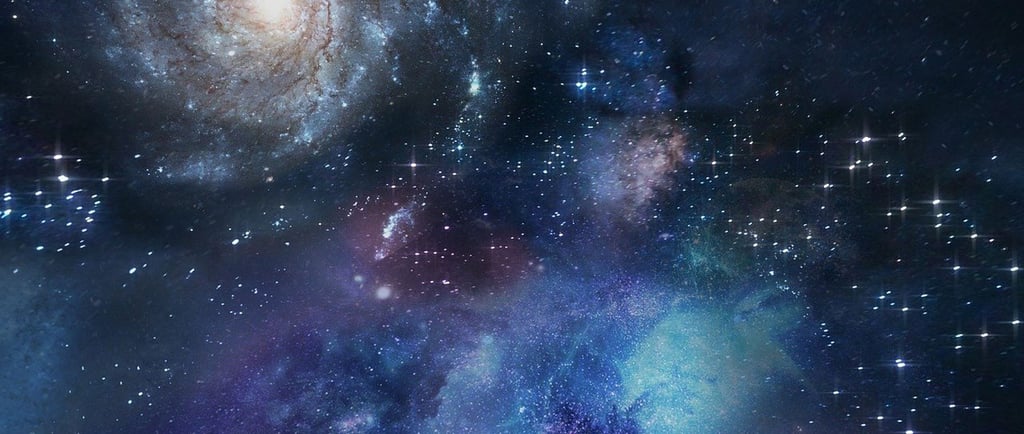The Cosmic Web: The Structure of Our Universe


The Cosmic Web: A Grand Design
The universe is a vast and intricate tapestry, with galaxies, galaxy groups, and clusters systematically arranged in a grand structure known as the cosmic web. This celestial framework resembles an enormous, undulating network of threads, connecting various cosmic entities through gravitational attraction. As matter in the universe interacts, it draws larger and larger objects toward each other, creating an orderly layout of galactic formations.
Galaxies and Clusters: A Dance of Gravity
At the core of this cosmic web are individual galaxies, which can range from a few billion stars to clusters containing trillions. These galaxies are not isolated; instead, they congregate in groups and clusters, forming a cohesive unit amidst the vast emptiness of space. The gravitational pull of galaxies and dark matter plays a crucial role, as it shapes the very structure of the cosmic web. Over time, these concentrations of galaxies lead to the formation of massive structures like superclusters and galactic walls.
Voids and Galactical Structures: The Universe's Fabric
Between these luminous structures lie enormous voids—expanses of seemingly empty space—where few galaxies are found. It is as if the galaxies themselves are perched on invisible bubbles, each cluster resting upon its own unique gravitational prominence. These voids serve an important role in the cosmic architecture, giving rise to the visible arrangement of the universe.
As we observe the cosmic web, it becomes evident that it is a dynamic scaffold—the very scaffolding of our existence. The intersections of clusters create significant landmarks where gravity’s influence culminates, leading to the formation of larger entities and networks. This intricate pattern of celestial architecture is a testament to the universe's complexity and its continuous interplay between dark matter, energy, and cosmic forces.
In conclusion, the cosmic web serves as a stunning reminder of the grandeur of the universe. It illustrates how galaxies, clusters, superclusters, and walls come together to form a breathtaking design that exceeds our imagination. As we continue to explore and understand this remarkable layout, we uncover the fundamental principles that govern the cosmos and our place within it.
